Earning Billions from Naturally Farmed Shrimp and Crab
Thanks to his willingness to learn, he succeeded in extensive shrimp farming, accumulated capital, and then moved to industrial shrimp farming. However, during 2020–2021, this model revealed many risks: input prices surged, and disease outbreaks became frequent. As his health declined, Mr. Sự looked for a new direction.
During a visit to a two-phase extensive shrimp farming model, he became interested in converting. The new process had lower costs, fewer risks, was easier to manage, and didn’t require daily feeding.
He began upgrading his entire farm, including a 2,000 m² nursery pond, a 1,500 m² settling pond, and larger grow-out ponds. Water was carefully treated and filtered before entering the nursery. After a month, healthy shrimp postlarvae would be moved to the main pond. This phase separation increased survival rates and prevented predation from crabs, as compared to direct stocking methods.
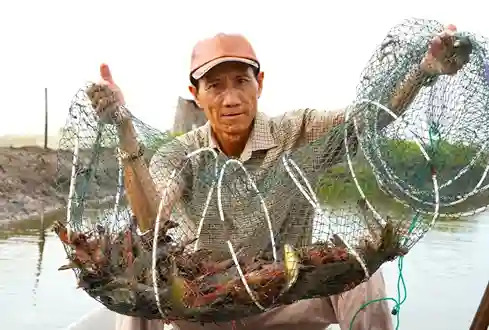
In addition to shrimp, he also farmed mud crabs in the same ponds, using a density that avoids harming the shrimp. Crabs feed on natural organisms, require minimal care, and bring good economic returns.
Each crop lasts about 2–2.5 months. With an output of 500 kg of black tiger shrimp per hectare per crop, and two crops per year, plus additional income from crabs, Mr. Sự earns over 1.2 billion VND annually after expenses.
Notably, shrimp raised naturally have a vibrant color and firm meat, making them easy to sell at high prices. Traders often purchase directly and transport the products to other provinces, eliminating the need for middlemen or bulk collection.
To achieve good results, he tightly controls the water environment, maintaining stable water levels—especially during hot seasons. Pond embankments are reinforced to prevent leaks. Shrimp feed consists mainly of natural organisms, with minimal use of additives, helping reduce costs and ensure product safety.
Despite facing many challenges—failed models, his wife’s illness, and children’s school expenses—Mr. Sự never gave up. He sees the switch to the current model as a turning point, offering lower risk, less capital investment, and stable performance.
In addition to his success in farming, he also leads the Billionaire Farmers Club in Tân Thành Commune, regularly sharing experiences with other farmers. He has received several certificates of merit from local authorities and agricultural departments.
According to Mr. Hồ Quốc Trạng, Chairman of the Farmers’ Association of Tân Thành Commune, the commune has nearly 400 hectares of improved two-phase extensive shrimp farms, but Mr. Sự’s model stands out for its efficiency and sustainability. Many farming groups and technical staff have visited to learn from his methods.
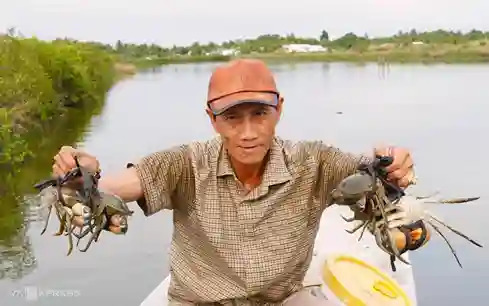
Beyond production, Mr. Sự also collaborates with the local government to organize training sessions on farming techniques, environmental management, seed selection, and more—helping fellow farmers increase their income.
His success demonstrates the potential of natural shrimp farming when done with proper technique. The most important factor is understanding the environment, managing risks, and choosing the right path based on actual conditions.
“You don’t need high-tech or huge capital. Farmers can still succeed if they choose the right model and stay persistent,” Mr. Trạng concluded.
Source: vnexpress.net
Aqua Mina's distributor in Japan: REX INDUSTRIES CO., LTD
- Address: 1-9-3 Hishiya-Higashi, Higashi-Osaka 578-0948 JAPAN
- Email: kimakubo@rexind.co.jp
- Phone: +81-(0)72-961-9893
- Website: http://www.rexind.co.jp/e/
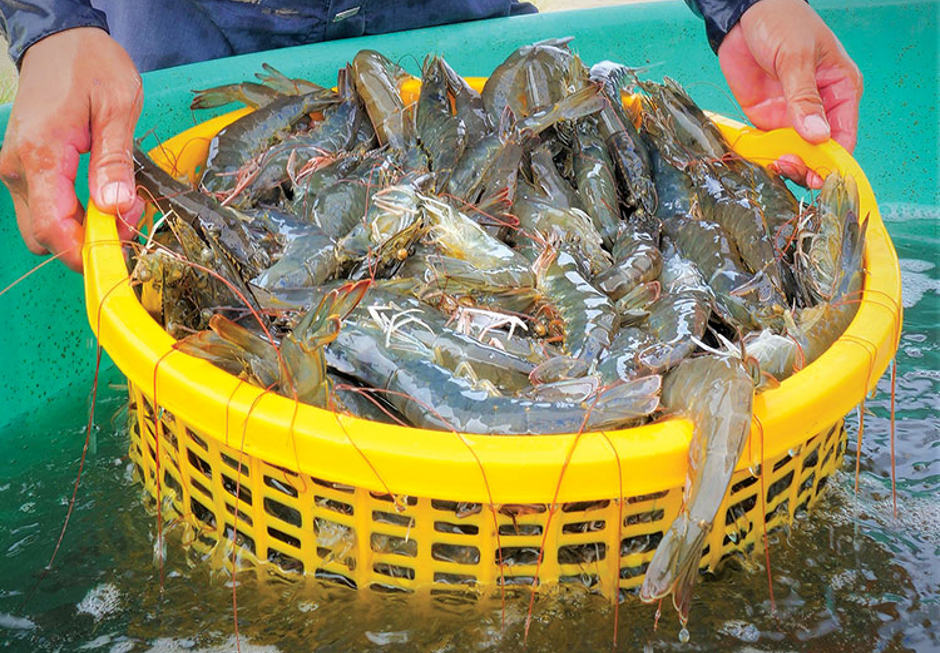
WE WORK FOR YOUR SUCCESS!
Ngày đăng : 02/08/2025
1598 View
Other Articles
Portuguese food group acquires 18% stake in cod farming company Norcod
Indonesia implements radioactive-free shrimp certification for exports to the United States
India is world’s second-largest shrimp producer. That is now under threat
Ca Mau’s shrimp industry moves towards “green” growth
Floods devastate aquaculture, processing operations in Vietnam
Ecuador Leads Global Shrimp Exports, Surpassing USD 7 Billion in 2025
India's marine product exports rise 16% as new markets offset US dip
Skretting presents the first shrimp feed with insect meal in Vietnam
Sharing: EU increases shrimp imports in the first 9 months of the year
Gideon De Oro opens high tech Cebu shrimp plant, to revive exports
White-leg shrimp facing WSSV: When density and environment fluctuate together








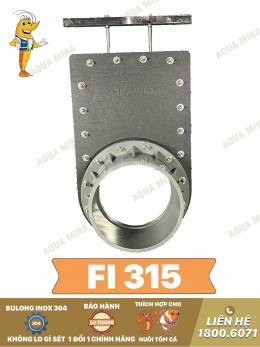
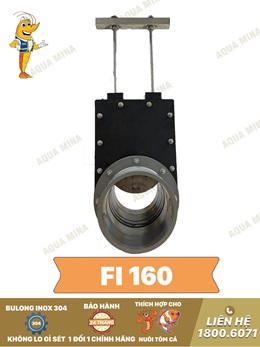
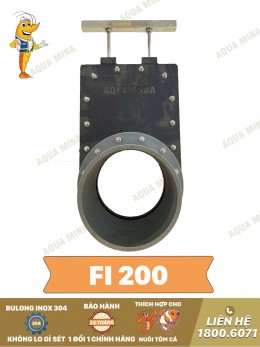
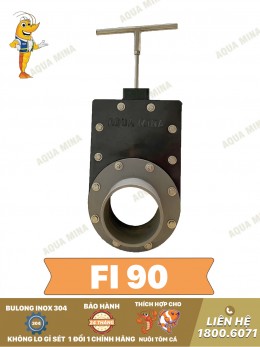
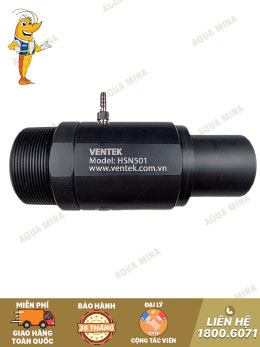
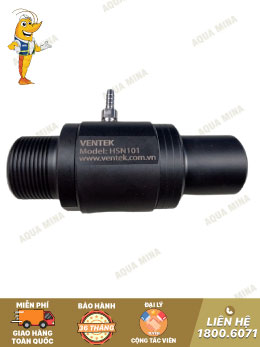

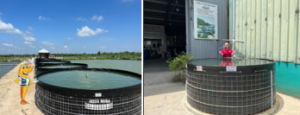
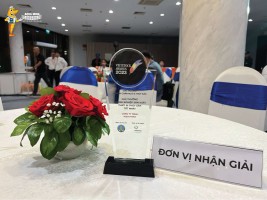
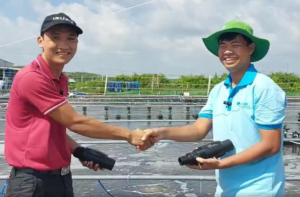
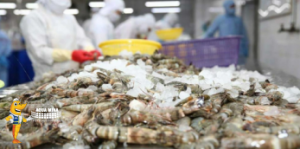
.jpg)